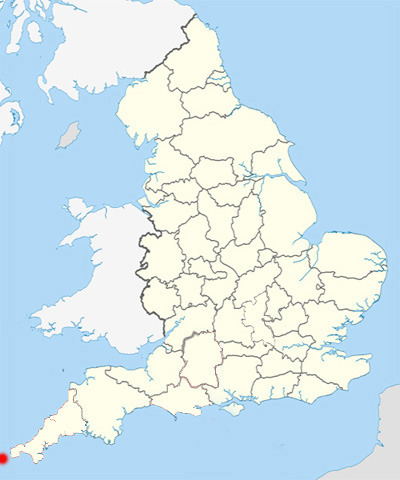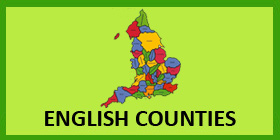





Back to the English Counties Page

The Scilly Isles are not a county or borough but we wanted to include them.
Some fun info is here.


The Scilly Isles is the 50th largest county or metropolitan borough in England.
The Scilly Isles has the smallest population in England.
The Scilly Isles is in 46th place for density of population.
NOTE: The Scilly Isles are a group of six inhabited islands and just over 50 uninhabited islands, some 28 miles south west of the tip of Cornwall.
The Scilly Isles form part of Cornwall but since 1890 have had their own local authority. The inhabited islands are St Mary's, Tresco, St Martin's, St Agnes,
Gugh and Bryher. Only St Mary's has a population greater than 200, 1,666 people living there as at the 2011 census.
All figures the latest available as at July 2022

